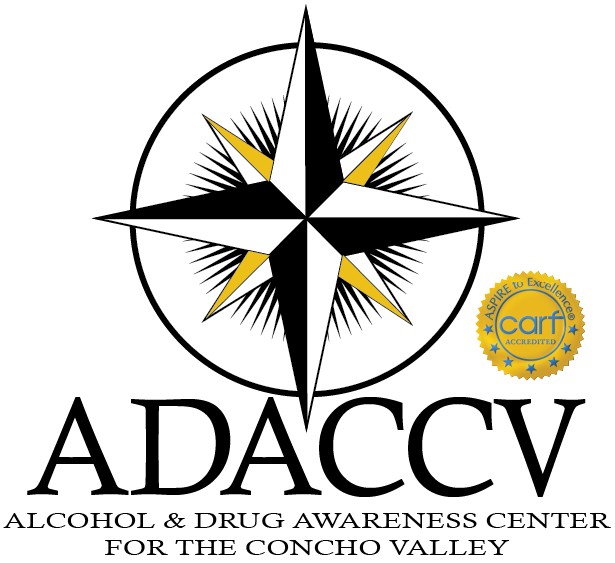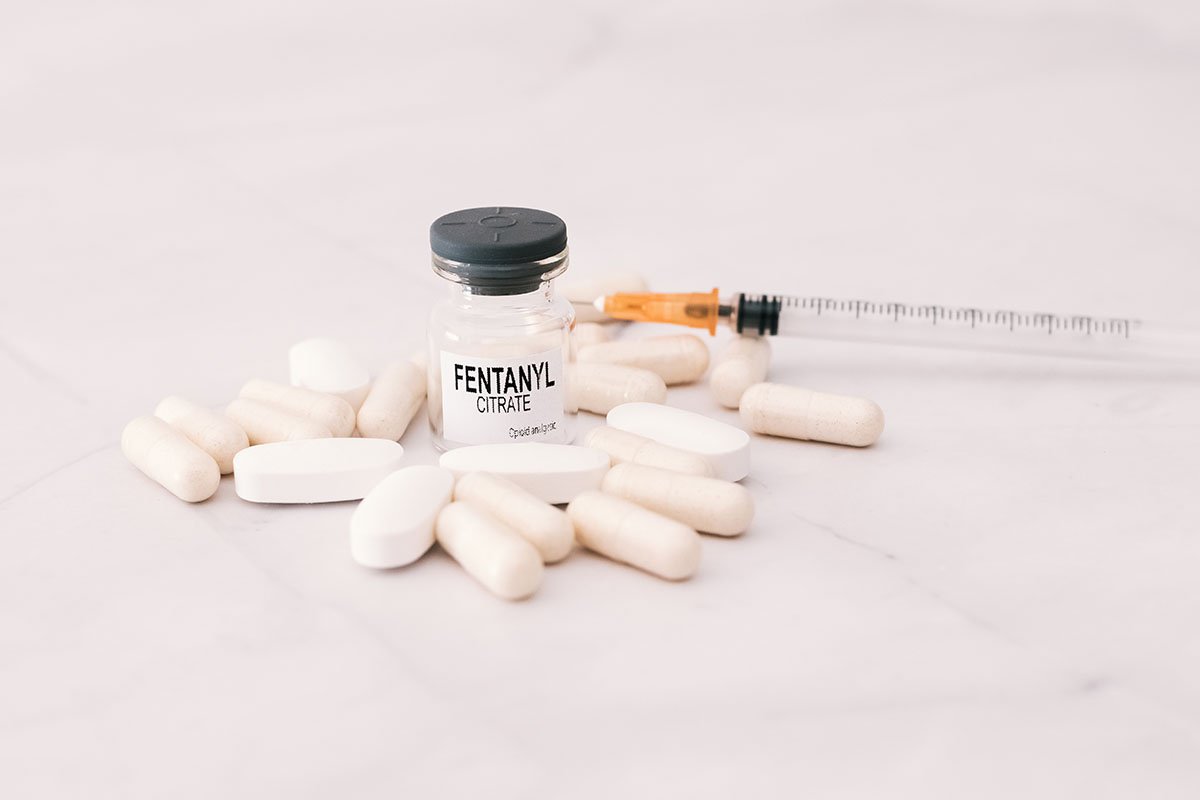Fentanyl Education and Prevention
What is fentanyl?
Fentanyl is a potent synthetic opioid drug that has been approved by the FDA. Pharmaceutical fentanyl was developed as a form of pain management treatment for cancer patients who are going through extensive treatments such as chemotherapy. It is 80-100 times more powerful than morphine, meaning that two milligrams of fentanyl are lethal. When used as pain management for cancer patients, fentanyl is diluted and dispersed into a patch, this patch is then applied on the skin. Because of its powerful opioid properties, fentanyl is also diverted for abuse.
Fentanyl is commonly mixed with drugs like heroin, cocaine, and methamphetamine and made into pills that are made to resemble other prescription opioids. It is also often mixed into with heroin to make it more potent, or is disguised as a high-potency form of heroin. In any case, fentanyl-laced drugs are extremely dangerous, and many people have overdosed due to them unknowingly ingesting fentanyl-laced drugs.
Counterfeit Pills
Criminal drug networks are mass-producing counterfeit pills and falsely marketing them as legitimate prescription pills to deceive the American public. Many counterfeit pills are made to look like prescribed medications such as oxycodone (Oxycontin®, Percocet®), hydrocodone (Vicodin®), alprazolam (Xanax®), or stimulants like amphetamines (Adderall®).
These counterfeit pills are easy to purchase, widely available, often contain fentanyl or methamphetamine, which can be often lethal. Fake prescription pills are easily accessible and often sold on social media and e-commerce platforms, making them available to anyone with a smartphone, including minors.
Social Media and how it plays a part
With the spread of social media, criminal drug networks are abusing social media to expand their reach, create new markets, and target new clientele. This tactic allows criminal drug networks to reach other vulnerable demographics like minors or young adults and increase access and availability. Youth often find pills more appealing because they’re cheap, more socially acceptable than meth or heroin, and don’t have tell-tale signs, like the smell of alcohol or marijuana.
For more information on social media and how it can be a platform for drug trafficking check out this quick-guide from Partnership to End Addiction. Quick Guide
Fentanyl and Overdose
Signs of overdose:
Small, constricted “pinpoint pupils”
Falling asleep or losing consciousness
Slow, weak, or no breathing
Choking or gurgling sounds
Limp body
Cold and/or clammy skin
Discolored skin (especially in lips and nails)
What to do if you think someone is overdosing:
1.Call 911 immediately
2. Administer naloxone, if available
3. Try to keep the person awake and breathing.
4. Lay the person in recovery position on their left side with their bottom arm underneath their head and their top leg crossed over their body. See image for reference.
5. Stay with the person until emergency assistance arrives.
Opioid Reversal Medication
Naloxone is a life-saving medication that can be used to reserve and opioid overdose. Opioids can include heroin, fentanyl, and prescription opioid medications. Naloxone, when given in time, can quickly reverse an overdose by blocking the effects of opioids in the brain. It is important to note that more than one dose of naloxone may be required when stronger opioids like fentanyl are involved. Good Samaritan laws are in place in most states to protect those who are overdosing and anyone assisting them in an emergency from arrest, charges, or a combination of these. Refer to the video below on Naloxone and how to safely administer it.
Resource links:
Education & Resource Links:
How does fentanyl affect our area?
The opioid impact report below will give an overview of the effects of opioids and fentanyl in the Concho Valley area.






